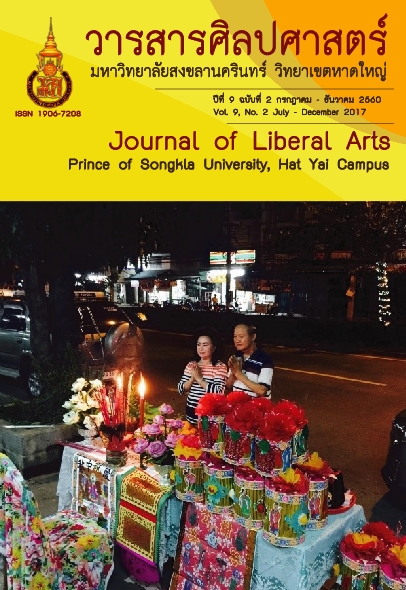Effects of different frequencies of physical activity on executive function in adolescents
Keywords:
Physical activity, dancing, executive function, adolescentsAbstract
This research aimed to study patterns of physical activity and executive functions, to compare difference levels of frequency of physical activity on executive functions, and to investigate the influence of physical activities and other activities on executive functions in adolescents. The total number of participants was 228 Matthayom Sueksa 1 to 3 students (7th to 9th graders). They were divided into 2 groups: high frequency physical activity group and low frequency physical activity group. The participants were tested with multiple Digit Span and Trail Making Tests. Additionally, the data was analyzed with basic statistical analysis and then compared with the average performance scores of the executive functions. Lastly, two-way MANOVA was performed with the analysis.
The results of this study showed that adolescents who undertook physical activities in the high frequency group had a higher executive performance when compared with the others, specifically working memory using Digit Span Backward (DB; F = 11.346, p = .001, = .048) and task switching using Trail Making Test part B (TMT B; F = 10.964, p = .001,
= .047). Besides, the physical activity and dancing influenced executive performance in the adolescents, especially the DB scores and TMT B reaction times (F = 7.989, p = .005, = .34 and F = 5.304, p = .022,
= .023, respectively). The effectiveness of adolescents with high frequencies of physical activity had better working memory and inhibition/task switching than those with lower ones. Moreover, dancing activities were found to increase executive performance of the group with high frequencies of physical activity. Therefore, encouraging teenagers to increase exercise, sports, cheerleading or dancing will give greater benefits to them and their analytical thinking, reasoning, and learning.
Downloads
Published
How to Cite
Issue
Section
License
The authors retain the copyright to their article but the Journal of Liberal Arts, Prince of Songkla University reserves the exclusive rights to first publication.




